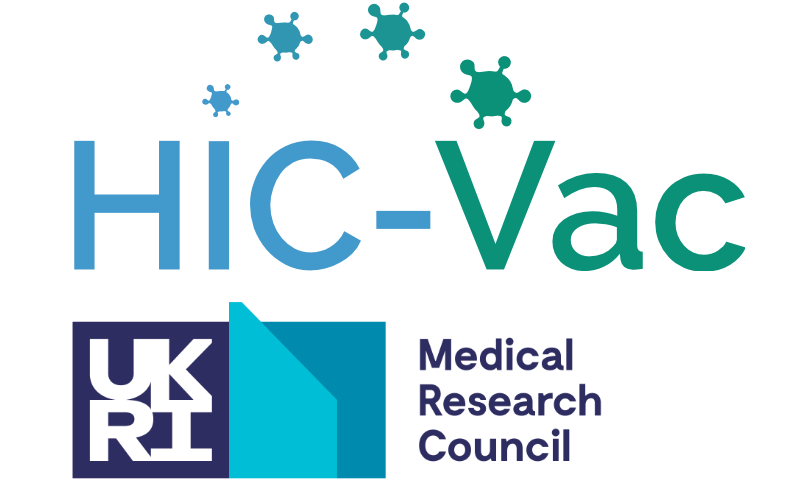Institute: Centre for Infectious Disease Research in Zambia (CIDRZ)
Characterisation of host immune responses to Salmonella Typhi in an endemic setting – a comparison of natural typhoid infection with controlled human infection
Typhoid is an infection caused by a bacterium called Salmonella typhi. It represents a major global health challenge with an estimated 11–20 million people getting sick from typhoid every year. It is a substantial burden in parts of sub-Saharan Africa and children are particularly at risk.
In most cases typhoid can be treated with antibiotics. But worryingly, outbreaks of antibiotic-resistant typhoid fever have recently been reported throughout Sub-Saharan African, underscoring the importance of developing effective preventive vaccines.

Image: Dr. Volker Brinkmann,
MPI for Infection Biology
Two typhoid vaccines are currently available for prevention of typhoid fever: an oral vaccine strain (Ty21a) and an injectable vaccine (Vipolysaccharide - Vi-PS). However, neither is in routine use in Africa, in part because of poor efficacy and unsuitability for routine infant immunisation. New typhoid vaccines, such as the conjugate vaccine (Typbar-TCV™), are anticipated to overcome some challenges faced by earlier vaccines, but more research is required to inform future vaccine development.
Findings from human infection challenge studies performed in the UK have helped to inform typhoid vaccine strategies. However, responses to vaccines and natural infection are likely to differ substantially depending on the geographic setting and host genetic background.
To understand background immunity and assemble cohorts of naturally-infected Zambians to validate previous clinical findings, we will recruit Zambian patients with naturally acquired disease and repeat the immunological assays conducted at Oxford. This pilot study proposes to compare immune responses induced by human infection challenge at Oxford to those induced by natural infection in Zambia. Our goal is to characterise immune profiles of individuals naturally infected with typhoid, and the results from this study will prime questions that a human infection challenge study in Zambia could address.
Development of a live attenuated rotavirus vaccine as a human infection challenge model
Rotavirus diarrhoea causes an estimated 215,000 infant deaths every year, most of which occur in Lower and Middle-income countries (LMICs). The widespread introduction of two WHO approved rotavirus vaccines has contributed substantially to reducing the number of rotavirus associated hospitalizations and deaths. However, rotavirus vaccines have repeatedly demonstrated lower effectiveness in children living in LMICs compared to children from high-income countries.
Recent studies have suggested that alternative schedules or different routes of administration could enhance immunogenicity and vaccine performance in LMICs. New vaccine candidates are also under development. There is an urgent need to better understand why the approved vaccines are underperforming in LMICs, and to be able to assess if approved vaccines can be improved and to accelerate testing of novel rotavirus vaccines.
Human Infection Challenge (HIC) models offer an opportunity to study both pathogenesis and vaccine immunogenicity mechanisms, particularly in human-restricted pathogens.
We propose to explore the development of an attenuated vaccine HIC model to advance rotavirus immunology and vaccinology in Zambian infants. We will evaluate using minimally invasive procedures, including collection of saliva for antibody measurement and stool samples for vaccine virus shedding, to measure vaccine-induced immunity. This has potential to overcome the challenges and ethics around the invasiveness of collection of blood in infants during safety and immunogenicity studies.
More about Dr Roma Chilengi here.

